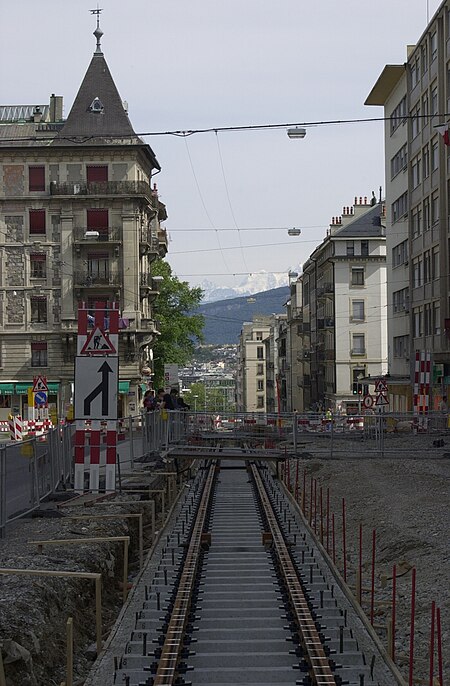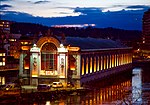The International Campaign to Ban Landmines (ICBL) is a coalition of non-governmental organizations whose stated objective is a world free of anti-personnel mines and cluster munitions, where mine and cluster munitions survivors see their rights respected and can lead fulfilling lives.
The coalition was formed in 1992 when six organisations with similar interests (France-based Handicap International, Germany-based Medico International, UK-based Mines Advisory Group, and US-based Physicians for Human Rights and Vietnam Veterans of America Foundation) agreed to cooperate on their common goal. The campaign has since grown and spread to become a network with active members in some 100 countries—including groups working on women, children, veterans, religious groups, the environment, human rights, arms control, peace and development—working locally, nationally and internationally to eradicate antipersonnel landmines. A prominent supporter was Diana, Princess of Wales.
The organization and its founding coordinator, Jody Williams, jointly received the 1997 Nobel Peace Prize for their efforts to bring about the Mine Ban Treaty (Ottawa Treaty). The signature of this treaty (which bans the use, production, stockpiling, and transfer of anti-personnel mines) is seen as the campaign's greatest success. The prize was received on the organisation's behalf by its co-founder, Rae McGrath of the Mines Advisory Group and by Tunn Channareth, a Cambodian mine victim and ICBL activist.
The ICBL monitors the global mine and cluster munition situation (through Landmine and Cluster Munition Monitor, its research and monitoring arm), and conducts advocacy activities, lobbying for implementation and universalization of the Mine Ban Treaty, humanitarian mine action programs geared toward the needs of mine-affected communities, support for landmine survivors, their families and their communities, and a stop to the production, use and transfer of landmines, including by non-State armed groups. The ICBL participates in the periodical meetings of the Mine Ban Treaty process, urges states not parties to the treaty to join and non-state armed groups to respect the mine ban norm, condemns mine use and promotes public awareness and debate on the mine issue, organizing events and generating media attention.










